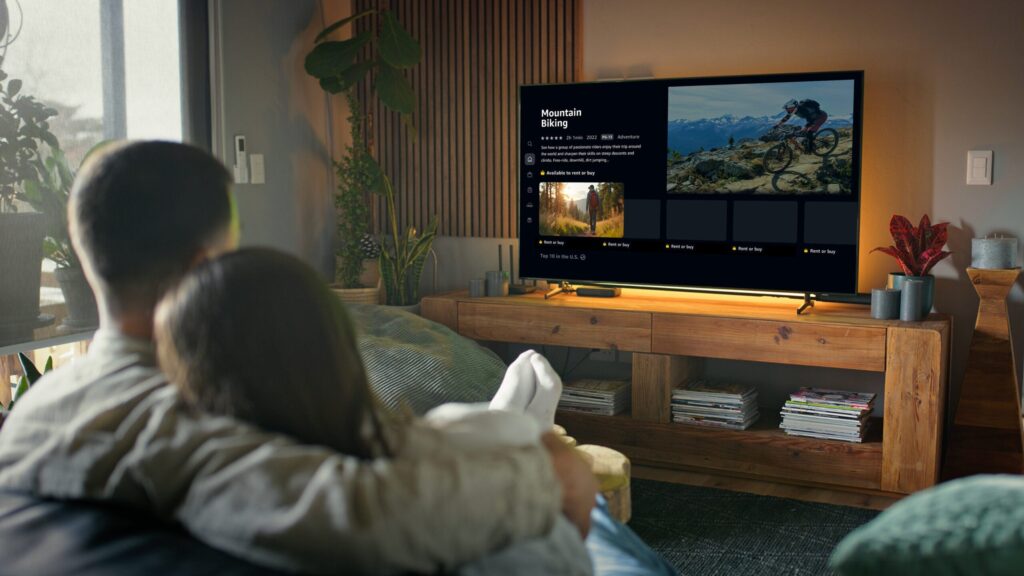What did you expect?
There’s an economic downturn. So promotion marketers are trimming their sails, judging by Promo’s 2008 Marketer Trends Survey.
Only 30% expect to increase their consumer promotion budgets this year, compared with 42% in 2007. And 16% are reducing them — in our last survey, that number was 7%.
And our respondents are doing more work in-house. For example, 20% now assign creative development to an outside firm, down from 38% in 2007.
What’s this mean for marketing-department headcounts?
Not much. Of the marketers surveyed, 32% are adding more staff this year. But that’s an increase of only two percentage points over 2007. In contrast, 18% are planning a decrease — and that number is almost double last year’s.
We’re not alone in seeing a certain flatness.
Promotional spending rose by just 3.5% in 2007, to $45.81 billion, according to Veronis Suhler Stevens Communications Industry Forecast. (The report covers P-O-P, coupons, licensing, premiums, loyalty programs, product sampling and games, contests and sweepstakes.)
And there’s anecdotal evidence that marketers are being more cautious.
“The bigger, national programs are still being conducted, but project work is at a near standstill,” says Jeff Shifrin, president of Octagon Marketing North America. The reason? “Uncertainty over the economy,” Shifrin says.
But don’t worry. This slowdown in growth is only temporary, if intent means anything. Almost two-thirds of our respondents say that promotion is a large part of their marketing mix. That number was the same last year.
And it’s no wonder, given the talent pool in the field. What other group of people could dream up the takeover of 7-Eleven’s across the country by Bart Simpson? Or set up bathroom stalls in New York’s Times Square so that anyone who passed by could test a toilet paper brand by using it for its intended purpose?
WHERE THE MONEY GOES
What are promotional marketers spending money on? Almost everything. Budgets are increasing for event marketing, loyalty, games, contests, P-O-P and product placement. But some gains are modest.
Direct mail is used by 30% of the marketers polled. Event/experiential/tour marketing and online are tied for second place at 26.8%. Ad specialties is third at 17.1%.
More firms are running joint promotions — 42%, compared with 36% last year. And a growing number are conducting entertainment tie-ins — 28%, up from 15% in 2007.
Case in point: 7-Eleven. It has put more focus on show business in an effort to reach its core consumer: the 18-year-old male. It recently created products around the films “Iron Man” and “The Incredible Hulk” and the video game “Madden NFL ’09.”
Entertainment programs allow 7-Eleven to choose a specific target and then reach it through multiple merchandising and sales activities at the retail level.
“Entertainment is fun and people like to feel they are having fun with a brand. That’s how you build toward advocacy, because people feel like you really get them,” says Bobbi Merkel, the director of convergence for FreshWorks, 7-Eleven’s agency. “It really does extend the amount of time and the opportunity for someone to interact with a property.”
METRICS
How do brands measure promotional success?
Sales growth aside, the top metric is brand awareness, followed by ROI. And many respondents cite four variables: incremental sales, response rates, lead generation and increased customer knowledge.
Of those who track ROI, half base it on campaign response. A third examine the total marketing campaign value and a third bottom-line profit. In addition to these three metrics, respondents also examine attendance, customer referrals, news clippings, Nielsen ratings information, viral chatter and Web site traffic.
Meanwhile, there’s been a change in the way marketers assess promotional agencies. The main factor is now quality of work, followed by price, then service. This marks a reverse from 2006 when the priorities were service, price, then creative work. Falling to the bottom of the list this year are category-specific performance, credentials and time to market.
“Look at the other marketing disciplines like advertising and public relations, where there are significant, long-term client-agency relationships,” Shifrin says. “The quality of the creative work has always been the priority consideration.”
He argues that promotion agencies should be held to a similar performance standard.
SPEAKING OUT
Comments from our survey respondents:
- Collectively, we will have to continue to be more creative with our promotional dollars going forward in getting more while working with less.
- Budgets have tightened and I would like to see more return for my outlay.
- Entertainment is becoming more reliant on promotions, which used to be considered an adjunct to publicity (print and electronic press).
- I would like to see other companies more willing to look into the idea of promotions as a source of generating sales/traffic/etc. instead of being stuck in “old” ways.
- If the economy picks up, we’ll be increasing our staff.
METHODOLOGY
The survey was conducted for Promo by Penton Research, an in-house firm, between Aug. 28 and Sept. 4, 2008. It was e-mailed to 21,773 of the magazine’s e-newsletter and print subscribers. Results are based on surveys returned by 257 qualified participants.
 Network
Network

